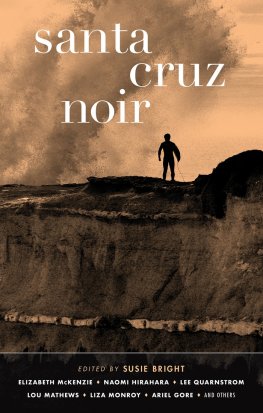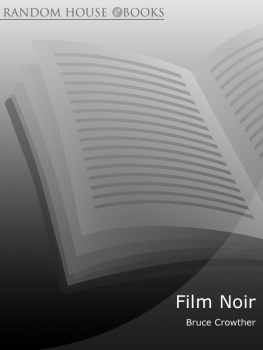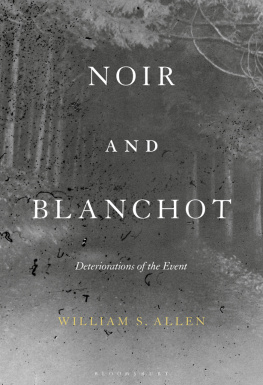
Copyright 2019 by Allen Glover
Published in 2019 by Abrams, an imprint of ABRAMS. All Rights Reserved. No part of this publication may be reproduced, stored in a retrieval system, or transmitted in any form or by any means, mechanical, electronic, photocopy, recording, or otherwise without permission in writing from the publisher.
Cataloging-in-Publication Data is available from the Library of Congress
Book design and typeformatting by Bernard Schleifer
ISBN: 978-1-59020-167-1
eISBN: 978-1-68335-757-5
Abrams books are available at special discounts when purchased in quantity for premiums and promotions as well as fundraising or educational use.
Special editions can also be created to specification. For details, contact specialsales@abramsbooks.com or the address below.
Abrams is a registered trademark of Harry N. Abrams, Inc.

ABRAMS The Art of Books
195 Broadway, New York, NY 10007
abramsbooks.com
For my parents
CONTENTS



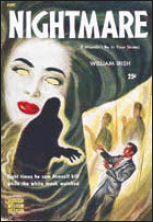
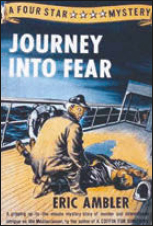

Altered Carbon (2017) with Joel Kinnaman.
INTRODUCTION: Lights Out in the Wasteland
It is a not a fragrant world, but it is the world you live in, and certain writers with tough minds and a cool spirit of detachment can make very interesting and even amusing patterns out of it.
R AYMOND C HANDLER
I
To label a work as noir is to acknowledge a delicate tension among its elements. Story and style, coupled with tone and theme, point us toward a distinct sensibility. Call it a worldliness, a sardonic gazea familiarity with the dark night of the soul. The narrative bias, if not the bleak core, of the prototypical noir story has its origins in the hardboiled literary tradition, specifically the detective fiction of Dashiell Hammett and Raymond Chandler. Both came up through the pulps. A colloquial sense of the underworld, a sort of urban coarseness, distinguishes their work. Its setting is the dark American city, a place of corruption and venality teeming with femmes fatales, rapacious gangsters, beleaguered policemen, perfidious husbands, deceitful wives, grasping losers, deviants, and thugs. Surviving such an unruly and ungodly realm requires cynical determination, a steely reserve, and a moral stance of some fluiditythe chief characteristics of Hammetts Continental Op (introduced in Black Mask in 1923) and Sam Spade (The Maltese Falcon, 1930). These are tough operators whose business is trouble. This is my city and this is my game, Spade announces in The Maltese Falcon.
Chandlers detective stories, in contrast to Hammetts objective style and lapidary prose, follow a first-person narrative rich in melancholic metaphor. His Philip Marlowe is a knightly figure, honorable but disillusioned, adrift in a world in which knights had no meaning, as Marlowe admits in Chandlers most famous work, The Big Sleep (1939). Knocked about and pushed around, lied to by nearly everyone, pressured by client and cop alike, Marlowe is tightly wound up in his investigations. To traverse this morally perilous terrain, he abides by a code of honor and resilience. He is the hero, he is everything, Chandler explained. The same cannot be said of the lecherous, greedy lot that James M. Cain put into play in works like Double Indemnity (1936) and The Postman Always Rings Twice (1934), the sordid nature of which provoked scandal in prewar America. Cains open-eyed chronicles of lust turned deadly illuminate the titillating aspect of noirits signature conflation of desire and violence.
Films made from the works of these writers were among the wave of Hollywood pictures released in Paris following World War II. The taxonomic tag applied to them by French cinastes is appropriately stark: film noir, or black film. What Nino Frank and Jean-Pierre Chartier separately responded to in 1946, in pieces appearing in politically opposed journals, was a new attitude in American moviemaking marked by the dynamism of violent death (Frank) and streaked with a pessimism and disgust toward humanity (Chartier). Ever since film noir entered Anglo-American criticism in the late 1960s, the debate has raged as to whether it constitutes a genre, a movement, an attitude, or a style. Alfred Appel, writing in Film Comment in 1974, suggested that what unites the seemingly disparate kinds of films noirs [is] their black vision of despair, loneliness, and dreada vision that touches an audience most intimately because it assures them that their suppressed impulses and fears are shared human responses. Pushed into darkness, made aware of the world as a place of danger and death, the disoriented characters of noir seek a return to the lighta truth, a reckoning, some form of absolution.
Among the earliest writers to describe his own work as noir (well before it had a fancy name) was Cornell Woolrich, beginning with The Bride Wore Black (1940), first in his black series. Woolrichs is a frightfully unstable universe in which the membrane between light and dark, safety and pitfall, is bound to burst at any time. Hammett, in The Maltese Falcon, hints at such volatility with his story-within-a-story of the falling beam that awakens the sleepwalking Flitcraft, who up till then had foolishly believed that life was a clean orderly sane responsible affair, to the fact that life was fundamentally none of those things. And Franz Kafka, earlier in the century, wrote of the sudden irreversible horrors that can befall the unsuspecting. But Woolrich shaped his entire oeuvre around a singularly dark and pessimistic worldview in which human existence is dominated by malevolent, impersonal forces. Immensely prolific, he provided the stories for more works of radio, film, and television noir than any other writer of the pulp school. His impact on noir, whether acknowledged or uncredited (his plots and tropes are regularly mimicked), is monumental, and his delineation of the asphalt nightscape endures.
Though the appeal of film noir is quite direct, its essence remains nebulous, particularly when one widens the parameters of its generally agreed-upon timeframe and takes into account the antecedents and the stragglers, as well as its transgeneric infiltration. The artistic and sociological developments that gradually fused into the so-called classic cycle of film noir (19401958) also coincided with the emergence of television as a mass mediuma vast arena for the telling of stories. Yet the reams of discourse on film noir have, for the most part, sidestepped any serious discussion of a noir ethos on television. Those works that do address it tend to position television noir as having evolved in the wake of, rather than concurrently with, film noira chase-the-tail approach perhaps shaped by the dearth of surviving programs from televisions early live phase. The hundreds of live dramas staged on television during the 1940s and 1950s (the first full decades of commercial broadcasting) represent a key dimension of mid-century noir. Alongside adaptations of novels by Woolrich, Chandler, Hammett, David Goodis, W. R. Burnett, Dorothy B. Hughes, and others of the literary noir tradition, a generation of teleplay writers supplied the medium with original tales of American alienation and discontent reflective of an overall darkened cultural mood.
Next page

